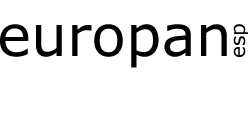EUROPAN España quiere compartir los puntos de vista de promotores, premiados, jurados, miembros del Comité Científico, organizadores… fragmentos de charlas donde ideas, opiniones y experiencias de diferentes agentes construyen un rico archipiélago de miradas diversas que alimentan la reflexión sobre el papel que la arquitectura puede desempeñar para mejorar nuestros entornos habitados a través de EUROPAN.
Clara Murado y Juan Elvira fueron finalistas en EUROPAN 6 Barakaldo. Enrique Krahe obtuvo el segundo premio en EUROPAN 8 en Cáceres (ES) y finalista en EUROPAN 10 en Emmen (NL). Los 3 (MEK) fueron merecedores del primer premio en Trondheim (NO) en EUROPAN 9, donde llevaron a cabo una residencia de estudiantes. Clara Murado y Juan Elvira han formado parte de los jurados de EUROPAN 12 en España y Noruega, respectivamente.
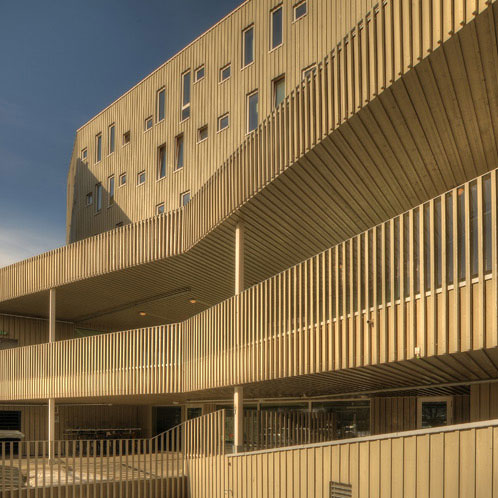
Clara Murado and Juan Elvira won a Special Mention in EUROPAN 6 Barakaldo (ES). Enrique Krahe was Runner-up in EUROPAN 8 in Cáceres (ES), Special Mention in EUROPAN 10 in Emmen (NL). Clara Murado, Juan Elvira and Enrique Krahe were Prize winners in Trondheim (NO)/EUROPAN 9, where they buit a Residence for students. Clara Murado and Juan Elvira have been membres of EUROPAN 12 juries in Spain and Norway.
Clara Murado, Juan Elvira y Enrique Krahe coincidieron durante sus estudios de Arquitectura en la ESTA de Madrid. Los tres estudiaron también en el IU de Venecia y Enrique en la EA de París Val de Marne.
Tras obtener el título, Clara y Juan fueron becados por la Fundación Barrié y La Caixa respectivamente para realizar un Master en Advanced Architecture Design en la Universidad de Columbia, Nueva York. Después de colaborar en distintos estudios de arquitectura, fundaron sus propios estudios realizando proyectos tanto por cuenta propia como en asociación temporal. Juntos dirigieron la Revista Oeste de cultura contemporánea. Clara y Juan son profesores de Proyectos Arquitectónicos en la ETSAM, IE University y UAH.
Sus proyectos han sido reconocidos con numerosas distinciones de diferentes ámbitos, entre los cuales se puede destacar el primer premio en EUROPAN 9. El proyecto resultante de este concurso – la residencia de estudiantes Teknobyen – fue finalista del Premio Nacional de Arquitectura de Noruega y obtuvo el premio Energiespareprisen del Ayuntamiento de Trondheim.
Proyectos de sus estudios han sido Runner-up en EUROPAN 8, X Premio Lamp Lighting Solutions 2010, Special Mention EUROPAN 10, Premio Dionisio Hernández Gil 2006, Award of Mention IALD 2012, Premio COADE 2013 (EK) Finalistas EUROPAN 6, Finalistas I Premio de Arquitectura Ibérica Lledó, Premio Gran de Area 2018 COAG y Nominados al Premio de Arquitectura Contemporánea de la Unión Europea, Premio Mies van der Rohe (EK por el Teatro de Zafra, ME por la Biblioteca de Baiona)
Clara Murado, Juan Elvira and Enrique Krahe met whilestudying at the Madrid School of Architecture. All three also studied at the IU in Venice and Enrique additionally at the EA in Paris Val de Marne.
After graduating, Clara and Juan were awarded scholarships by the Barrié Foundation and La Caixa respectively to pursue a Master’s Degree in Advanced Architecture Design at Columbia University, New York. After working for several architectural firms, they set up their own studios from where they design projects both individually and in short-term partnerships. They jointly edited Oeste, a contemporary culture magazine. Clara and Juan are Lecturers in Architectural Design at the Madrid School of Architecture, IE University and the UAH.
Their projects have received numerous distinctions in various fields, including their first prize in EUROPAN 9. This competition project —Teknobyen Student Housing— was a finalist for the Norwegian National Architecture Prize and won the Trondheim City Council Energiespareprisen prize.
Projects designed by their studios have been Runners-up in EUROPAN 8, the 10th Lamp Lighting Solutions Award in 2010, Honourable Mention EUROPAN 10, the 2006 Dionisio Hernández Gil Award, 2012 IALD Award of Mention, the 2013 COADE Award (EK), Runners-up in EUROPAN 6, Finalists in the 1st Lledó Iberian Architecture Award, the 2018 COAG Gran de Area Award and Nominees for the European Union Prize for Contemporary Architecture, the Mies van der Rohe Award (EK for the Zafra Theatre, ME for the Library in Baiona).
PRIMER PREMIO. EUROPAN 10. TRONDHEIM (NO)
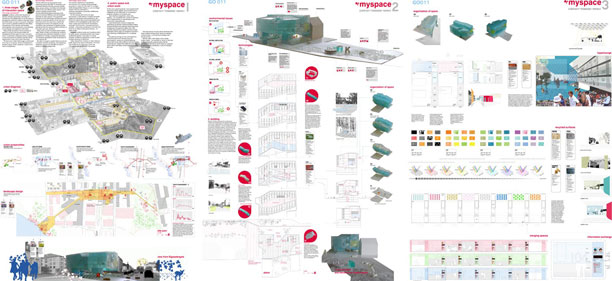
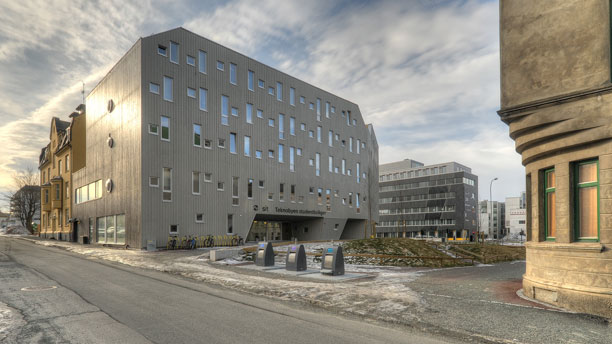
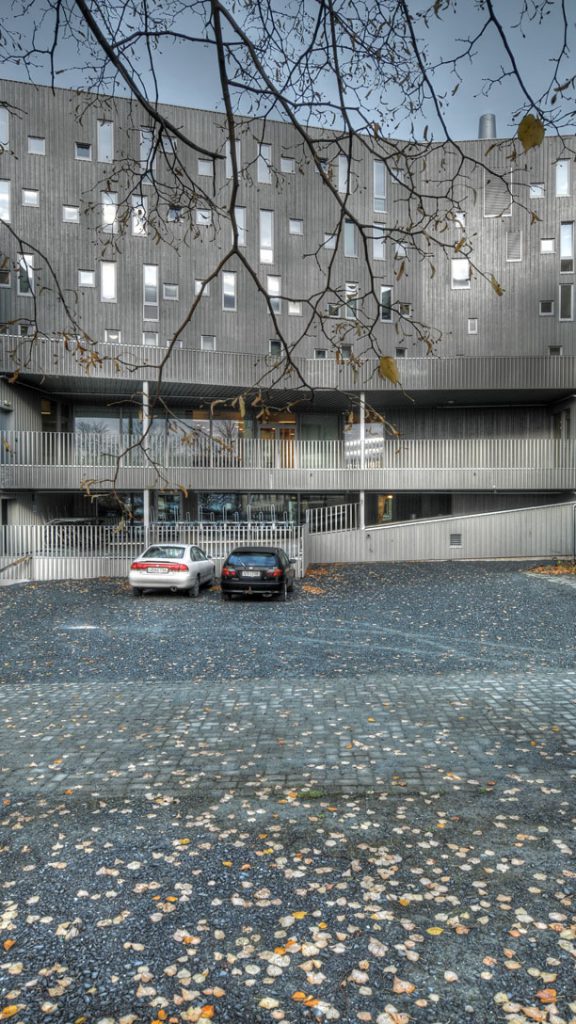
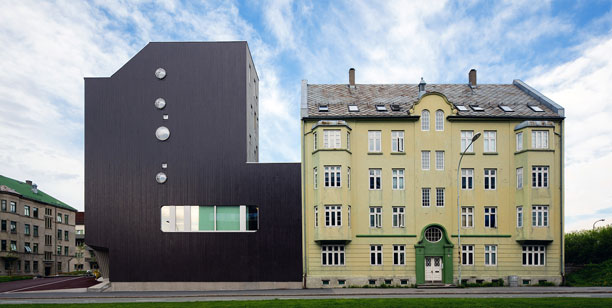
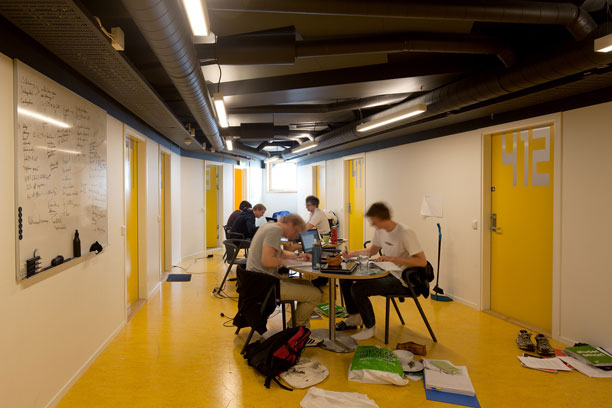

FINALISTAS EUROPAN 6 EN BARAKALDO.
CLARA MURADO & JUAN ELVIRA
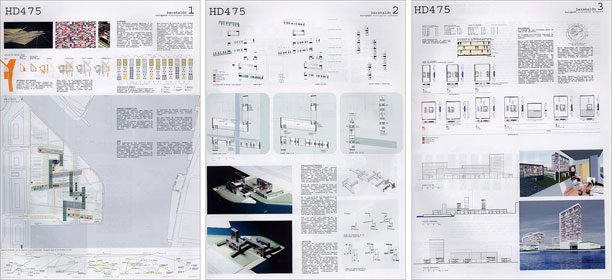
FINALISTA EUROPAN 10 EN EMMEN (NL). ENRIQUE KRAHE
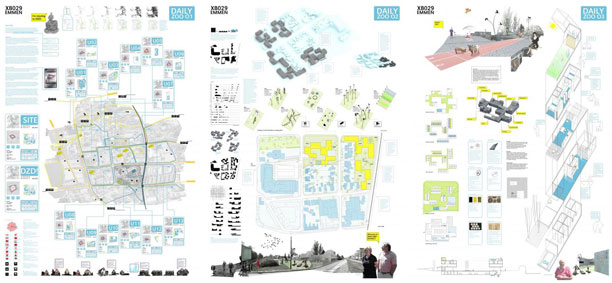
SEGUNDO PREMIO EUROPAN 8 EN CÁCERES. ENRIQUE KRAHE
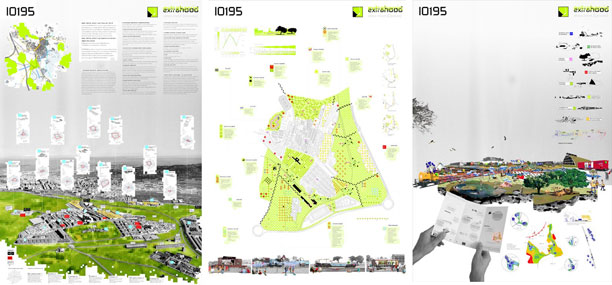
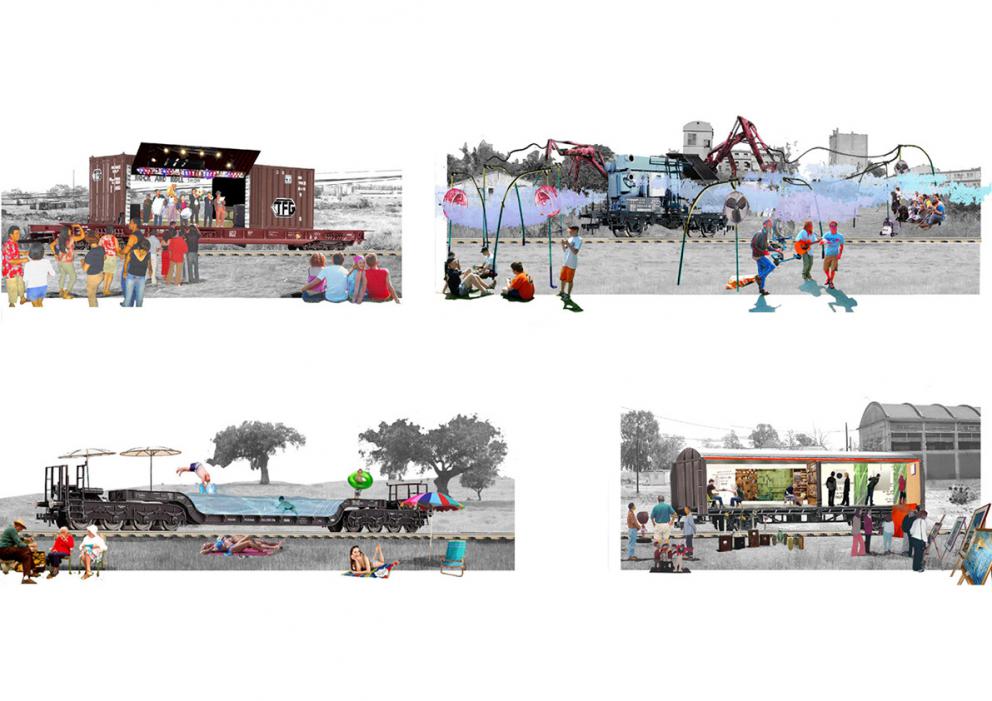
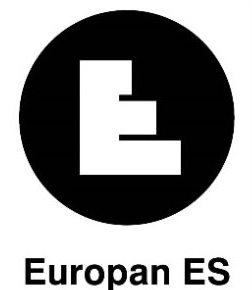
SERIE TESTIMONIOS
Los vídeos que aquí se publican formarán parte de la exposición de los resultados de EUROPAN 15 diseñada y producida por AZAB. Se han planteado a diferentes agentes las siguientes líneas de reflexión:
1_ ¿Es posible una práctica arquitectónica desconectada de la investigación y el conocimiento? ¿Qué papel juega EUROPAN más allá de sus emplazamientos como agitador y valedor de la arquitectura como práctica de investigación y progreso del hábitat? ¿Es EUROPAN una muestra y oportunidad dentro del I+D+I para mejorar nuestros entornos habitados?
2_ El fomento de la escala intermedia, otra de las señas de identidad de EUROPAN, en la que urbanismo, arquitectura, diseño urbano o sociología se entremezclan y desdibujan ¿Esto supone una dificultad añadida o es una condición de complejidad que mejora las propuestas y los proyectos? ¿Qué ventajas y qué dificultades supone para el agente o el proyectista el enfrentarse a la redefinición de entornos que superan una parcela acotada y permiten entender el territorio en su conjunto?
3_ El papel que juega y ha jugado EUROPAN como respaldo en la carrera de jóvenes arquitectos desde su primera edición en el año 89 ha sido muy notable. ¿Qué supone para un joven arquitecto la oportunidad de enfrentarse al reto de materializar sus ideas y poder aportar nuevas soluciones urbanas? // ¿Qué supone para un agente o entidad pública poder contar con un joven talento para redefinir su entorno? En una profesión en la que los concursos están plagados de condiciones de solvencias y experiencias que alejan a los jóvenes de su participación ¿qué singularidades aportan los jóvenes en la ideación de nuevas realidades urbanas y/o arquitectónicas?
4_ La experiencia EUROPAN, más allá de la parcialidad de lo construido/proyectado en cada emplazamiento, puede tener esa intención de disrupción dentro de tramas construidas demasiado cargadas de complejos y convencionalismos. ¿Puede esta labor de autonomía del proyecto ser un activador de ideas alternativas de ciudad que supere las condiciones existentes al no llevar a la arquitectura a una norma general si no a un ejemplo para la ciudad o su entorno?
This proposal has a dynamic format which reaches beyond the unilateral nature of the traditional interview. Based on EUROPAN’s self-definition and its four main features, it will generate snippets of conversations in which the ideas, opinions and experiences of different agents will build up a rich archipelago of diverse perspectives that will give the general public an insight into the EUROPAN phenomenon.
EUROPAN is defined as: a biennial ideas competition for urban planning and architecture. It aims to improve knowledge and research in the habitat and urban planning field through exchanges amongst professionals from the participant countries in Europe.
1_ Can architectural practice be uncoupled from research and knowledge? What is the role of EUROPAN, beyond the sites as such, as an agitator and supporter of architecture as a practice involved with habitat research and progress? Is EUROPAN an example and also an opportunity to show the role that architecture can play in R+D+I to improve our inhabited environments? Each EUROPAN competition has an associated transversal theme that is defined and structured by international committees and experts. This gives each competition a common thematic focus. What is the advantage of this model over other cases that restrict the architectural output to a needs program with varying degrees of complexity? What major issues await a response in the immediate future?
2_ Another feature of EUROPAN is the promotion of the intermediate scale, in which urbanism, architecture, urban design and sociology are intermingled and blurred. Is this an added difficulty or is it an aspect that lends it complexity to improve the proposals and projects? For the agents and designers, what advantages and difficulties are involved in redefining environments beyond a specific restricted site and allowing competitors to look at a territory in its entirety?
3_ EUROPAN has played an important role in helping the careers of young architects ever since the first competition in 1989. What does the challenge of putting ideas into practice and designing new urban solutions mean for a young architect? // What does this opportunity to employ young talent to redefine an environment mean for a public agent or organisation? In a profession where competitions are rife with constraints about solvency and experience, which hinder participation by young people, what can young people contribute to the conception of new urban and/or architectural realities?
4_ The EUROPAN experience, apart from the partiality of what is built/designed on each site, may also include a complete rethink of built-up zones which are excessively burdened by hang-ups and conventions. Do you think this task with its design autonomy can be a catalyst for alternative ideas about the city that overcome pre-existing constraints by not leading the architecture towards a general rule, and instead, acting as an example for the city and its surroundings?
